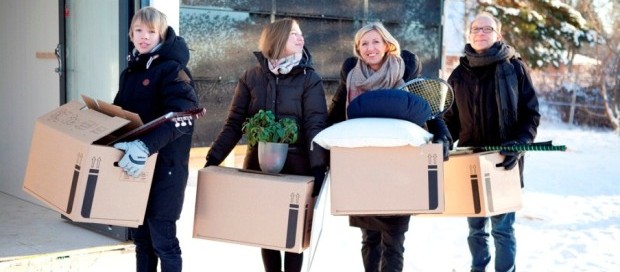Storing items during a move can be a balancing act. You’ve got the movers on one hand and the storage facility on the other. Everything has to come together just right or you’ll run into big—and potentially costly—issues. Here’s a look at the top five mistakes people make when moving things into a storage unit and tips on how to do it right.
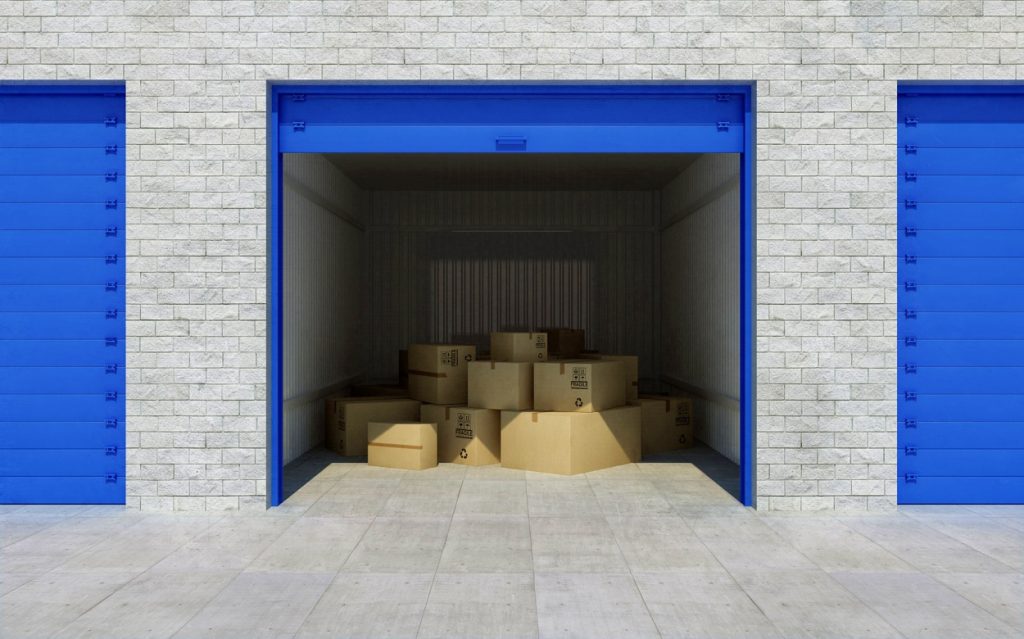 Not Knowing What the Movers Will Bring on Moving Day.
Not Knowing What the Movers Will Bring on Moving Day.
Before renting a storage unit, get a firm answer from the moving company about what type of vehicle the movers will be using. Many companies use moving trucks, while others use everything from a trailer pulled by a pickup truck to an 18-wheeler. Verify the vehicle type then get the dimensions—width, length, height, and weight at maximum capacity.
Not Finding Out Whether the Moving Truck Will Fit.
Now that you know what type of moving vehicle that’ll be used, you need to ensure that it can get into the storage facility and to your unit.
If you’ve ever been to a storage facility, you’ve probably noticed some areas can be a little tight. Storage facilities make money renting out space, so they understandably maximize the number of buildings and units. This can result in tight turns and becomes challenging to navigate, especially for 18-wheelers.
If you find out on moving day that the vehicle won’t fit in the facility, it usually means two things—both of them bad. First, a shuttle truck may have to be used, which costs more money. Second, the movers will be forced to touch everything twice, doubling the chances of something going awry.
When considering your storage options, ask about clearance heights and widths for getting into the facility and to your unit. You’ll also want to find out how trucks access the property and whether there are any load maximums. Use the truck dimensions provided by the movers to figure out whether you’ll have enough space.
Not Giving the Movers Unloading Directions.
Professional movers are the expert unloaders, but you’re the boss on moving day. It’s best to let them know how you want things arranged in the unit before unloading begins.
It’s especially important to speak up if you want to move around and look for certain items later on. This takes some thought and planning before the unit starts getting filled. Aisles will need to be created and boxes will need to be arranged so that all labels are visible. You should direct the movers whether you want furniture to be stacked.
Not Securing Enough Space for Your Stuff.
It can be tricky figuring out how much storage space you need. If your belongings already are organized and boxed up, this is easier to determine. But when in doubt, get advice from the facility. If you cut it too close and your belongings won’t fit, you’ll have two options:
1. Check with the facility about renting a second, smaller unit for the overflow.
2. Return the overflow items to the moving truck and take them to a family member’s garage or friend’s attic.
If you’re not sure everything will fit into your storage unit, line up one of the two options above in advance. Having a backup plan will reduce stress and minimize cost, particularly if the movers are working by the hour.
Visiting the Storage Facility When Everyone Else Is There.
Typically, people move their things into or visit their storage units on the weekends or after work on weekdays. This might be the only time that fits into your schedule, but if you’re paying movers by the hour, you could cut down on the cost by moving during work hours on a weekday when fewer people are around.
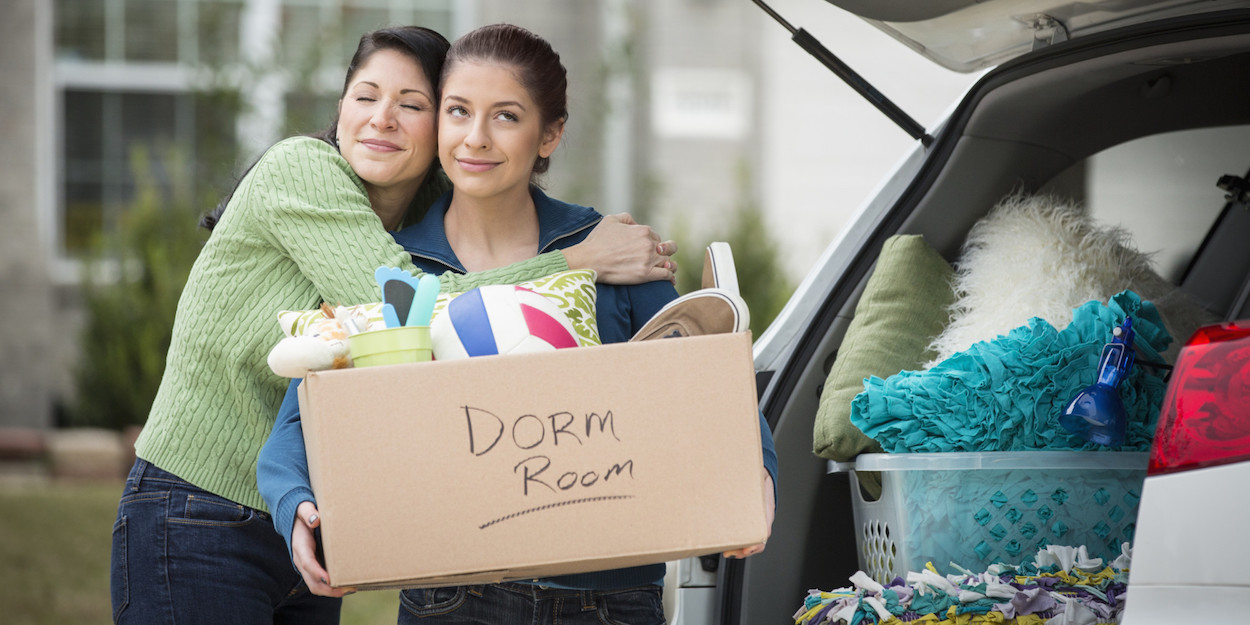
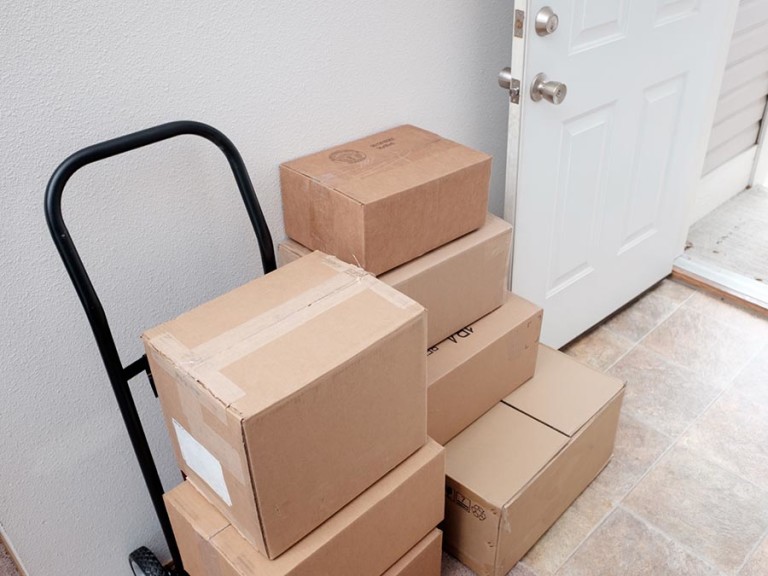
 Ask any expert and they will tell you that summer is the most popular time of year to move. Moving is strenuous at the best of times, but doing so during the summer adds it’s own set of challenges. When moving in summer you’ll need to give a little bit of extra thought to logistics and how to keep cool. Here are some tips to make your move in the summer a breeze.
Ask any expert and they will tell you that summer is the most popular time of year to move. Moving is strenuous at the best of times, but doing so during the summer adds it’s own set of challenges. When moving in summer you’ll need to give a little bit of extra thought to logistics and how to keep cool. Here are some tips to make your move in the summer a breeze.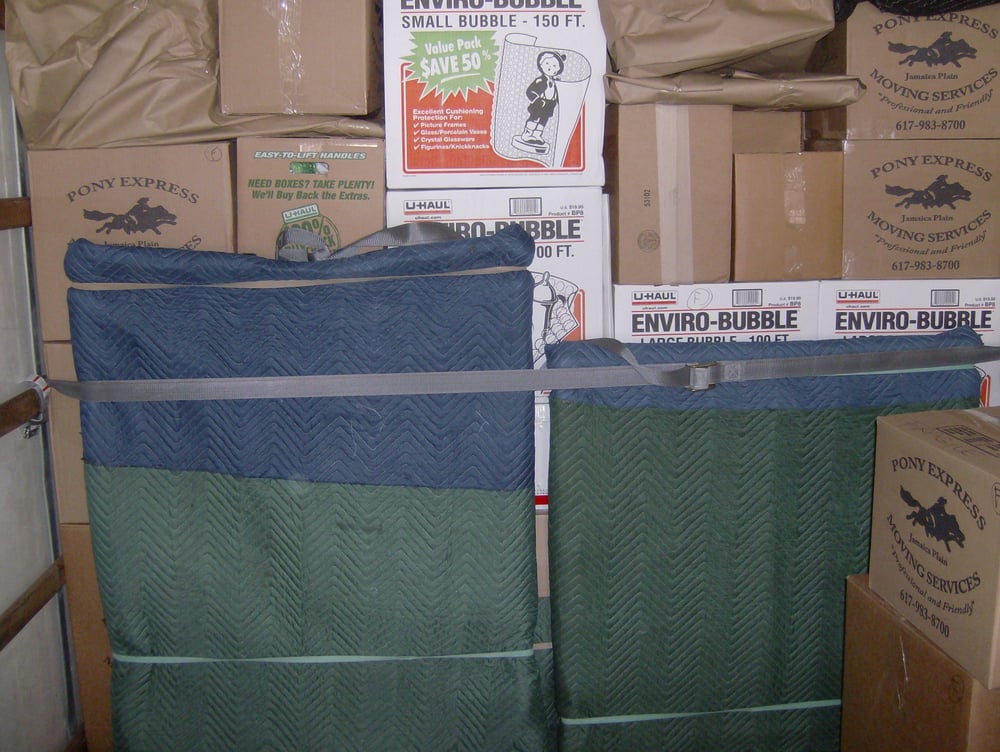
 Spring forward and fall back may be a daylight savings time expression, but I like to think it applies quite nicely to moving. Of the tens of millions of people who move in North America each year, many have no choice as to when they move. Real estate, family, and work all join in to play a role in dictating the timeliness of a move. However, for those of you who are at liberty to make this transition as stress-free as possible, consider the luxury of this: spring
Spring forward and fall back may be a daylight savings time expression, but I like to think it applies quite nicely to moving. Of the tens of millions of people who move in North America each year, many have no choice as to when they move. Real estate, family, and work all join in to play a role in dictating the timeliness of a move. However, for those of you who are at liberty to make this transition as stress-free as possible, consider the luxury of this: spring  2. Know-how of the locality
2. Know-how of the locality
